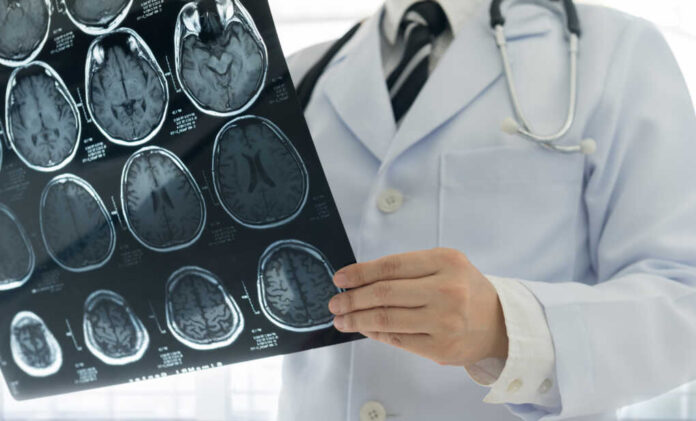
Cerebral small vessel disease remains an elusive and complex challenge in neurology.
Accounting for a substantial fraction of age-related cognitive decline and nearly half of all dementia cases globally, SVD’s impact is far-reaching. Traditionally, the majority of SVD cases were linked with conditions like hypertension and type 2 diabetes, primarily affecting those in middle age.
However, rare inherited forms of SVD have shown that the disease can also strike unexpectedly early, revealing a genetic underpinning that demands deeper investigation.
A Groundbreaking Study: From Skin Cells to Brain Vessels
At the forefront of this exploration is a newly published study from Dr. Alessandra Granata and her team at the Victor Phillip Dahdaleh Heart and Lung Research Institute, University of Cambridge.
They’ve embarked on a revolutionary journey, starting with skin biopsies from patients with a rare form of SVD caused by mutations in the COL4 gene. These skin cells were reprogrammed into induced pluripotent stem cells, capable of developing into almost any cell type, including those forming the brain’s blood vessels.
This remarkable process enabled the creation of a lab-grown model that accurately replicates the defects observed in patients’ brain vessels. Observing this model, the researchers could then observe the pathology of SVD in a controlled environment, mirroring the conditions within the human brain.
It marked a significant leap from relying solely on animal models, which, while informative, often fall short in fully replicating human disease patterns.
Unraveling the Role of the Extracellular Matrix
The research team’s focus turned to the extracellular matrix (ECM), a structural network that lines and supports brain blood vessels. The COL4 gene is crucial for the health of this matrix.
In the lab-grown model, they observed disruptions in the ECM, particularly at the tight junctions, which normally act like zippers holding the vessel cells together. This disruption leads to a hallmark of SVD: leaky blood vessels, allowing blood to seep into the brain tissue.
Matrix Metalloproteinases: A Double-Edged Sword
A pivotal discovery in this study was the role of matrix metalloproteinases (MMPs). These molecules, typically beneficial in maintaining the ECM, were found to be overproduced in the disease model―too many cooks in the kitchen. This overactivity resulted in the ECM’s breakdown, contributing to the leakiness of the blood vessels.
The Promise of MMP Inhibition
In a striking turn, the application of drugs that inhibit MMPs―specifically an antibiotic and an anti-cancer drug―reversed the damage and halted the leakage in the lab-grown vessels. This finding, although preliminary and not directly translatable to clinical therapy due to potential side effects, illuminates a new therapeutic pathway.
Targeting MMPs could feasibly halt or even prevent the progression of SVD.
Towards a New Horizon in Stroke and Dementia Prevention
This study is not just a testament to human ingenuity in the face of medical adversity but a beacon of hope for future research and treatment strategies.
By using lab-grown blood vessels derived from human cells, scientists have opened a new frontier in understanding and potentially treating a disease that affects millions. The implications extend beyond stroke and dementia prevention, offering insights into other vascular and neurological conditions.
As we stand on the cusp of this new era in stroke and dementia research, the potential for revolutionary treatments and preventative strategies has never seemed more within reach.






















